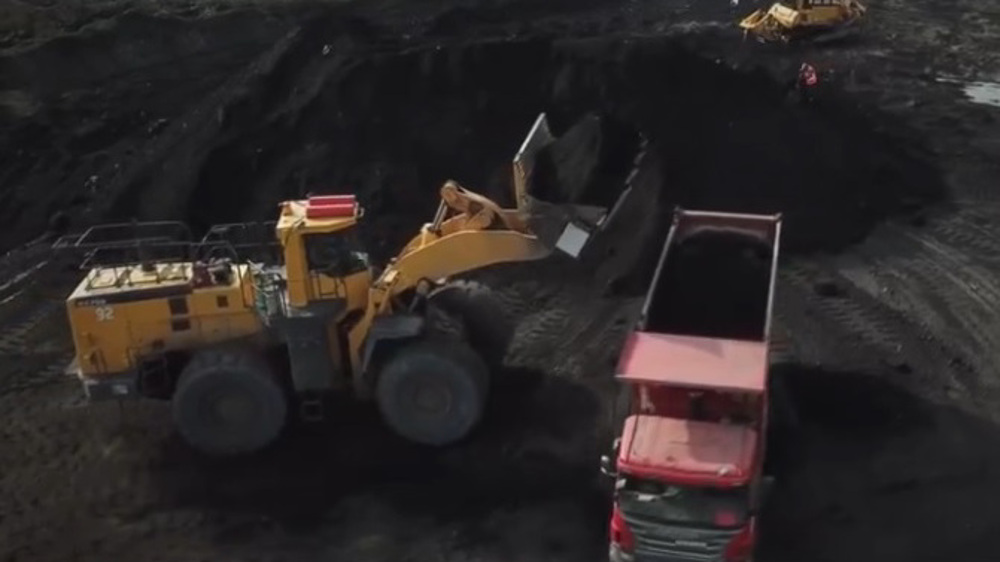Goat farming industry
According to the Minister of Agriculture, the agricultural sector accounts for about one-third of the Iranian GDP. Additionally, this sector employs one-fourth of the country workforce.
In general, more than 82 percent of the Iranian food requirements are produced locally within the country. Also, animal agriculture covers over 40 percent of the agricultural activities.
In total Iran has over 1.3 million livestock holding farms spread across the country. 54 percent of these holdings are small livestock and 26 percent are large livestock. The remaining amount of holdings maintained both large and small livestock.
Livestock is kept for their milk and dairy products, meat, as well as their hide and fleece.
Iran is among the leading consumers of red meat in the Middle East region. Lamb is the most popular red meat, then beef, followed by goat.
In general, Iran produces about 7.5 million tonnes of raw milk annually. Currently about four percent of the total milk produced in the country comes from goats. This milk is higher in many vitamins and minerals than cows milk, and is considered by many to be much more digestible too.
Iranian nomads have a big share in producing Iranian cashmere and mohair. The quality of Iranian cashmere, being long and highly curved, ranks third after China and Mongolia.
Going off of statistics from the Nomadic Affairs Organization, there are over 1.2 million nomads who live all across Iran. About 70 percent of the livelihood in nomadic communities comes from their livestock. In general, these nomads produce six million tonnes of agricultural products annually. They hold 35 percent of Irans carpet exports and 36 percent of hand-craft production.
‘Significant’ downturn in Americans’ support for Israel: Poll
Iran, Armenia to hold joint military drills to bolster border security, combat terrorism
VIDEO | Displaced by Israeli assault: A mother’s fight for her children’s survival in Jenin
Unprecedented: Hamas launches legal case in Britain to remove ‘terror’ label
Trump announces 90-day pause on tariffs but raises China levies to 125%
OIC censures Israel for decision to close 6 UNRWA schools in al-Quds
VIDEO | At least 8 civilians killed in latest US airstrikes in Yemen
US war on Yemen risks draining arms Pentagon would need to deter China: Report









 This makes it easy to access the Press TV website
This makes it easy to access the Press TV website